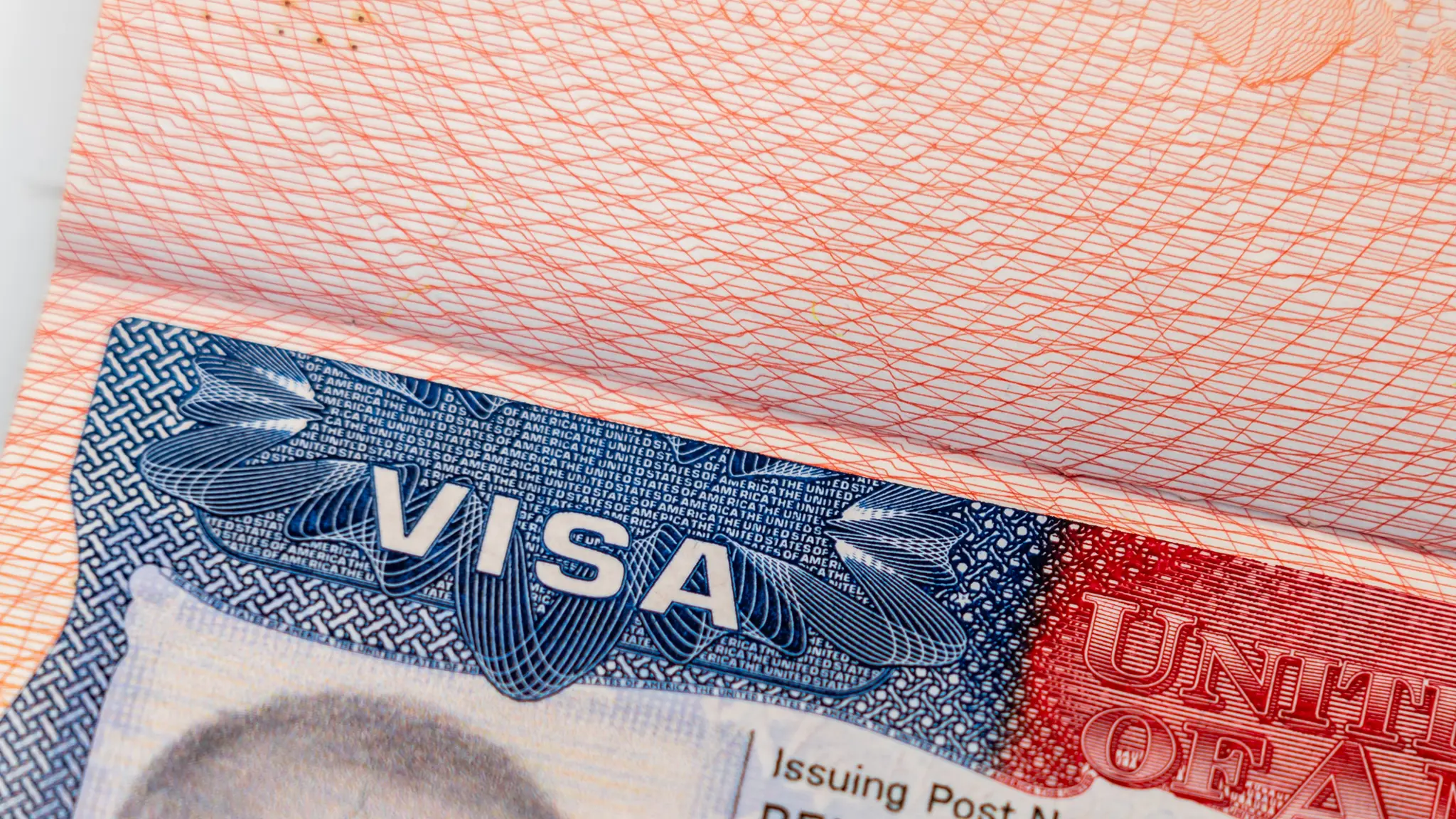US President-elect Donald Trump’s recent comments signalling a softened stance on H-1B visas have sparked optimism, especially within India’s robust IT sector. Simultaneously, closer home, the Indian banking sector is bracing for a potentially turbulent 2025, facing a confluence of liquidity pressures and concerns about deteriorating asset quality. These two distinct yet significant developments warrant attention as we approach the new year.
Trump’s Visa Stance Evolves
It is a noteworthy turnaround that Donald Trump, once perceived as a staunch critic of the H-1B visa programme, is now seemingly in favour of it. This shift, reported by CNBCTV18, comes after notable figures like Elon Musk voiced their concerns over restrictive immigration policies. Trump’s earlier presidency saw a spike in H-1B visa rejections, causing considerable unease for Indian IT firms heavily reliant on this route for skilled talent.
Relief for Indian IT Sector
This apparent change in heart could bring a sigh of relief to the Indian IT services industry. Companies have been adapting to visa constraints by increasing local hiring in client countries and leveraging offshoring to manage costs. However, a more supportive US stance on H-1B visas would certainly ease operational challenges and potentially open up growth avenues. Analysts at Motilal Oswal Financial Services rightly point out that Indian IT vendors have become somewhat resilient to immigration shocks, but a favourable policy shift would still be a welcome tailwind. If Trump’s administration indeed delivers on promised tax cuts and deregulation, it could further invigorate Corporate America, indirectly benefiting Indian IT as well.
Banks Face Liquidity Squeeze
While the IT sector watches developments in the US, the Indian banking sector is confronting its own set of challenges. After a favourable 2024, news reports indicate that 2025 could present a tougher environment. Loan growth has slowed, and the credit-deposit ratio has dipped, signalling liquidity constraints. High inflation and interest rates are deterring borrowing, especially among corporates, adding to the pressure. Microfinance institutions and unsecured lending portfolios are already showing signs of stress, raising concerns about asset quality.
Asset Quality Under Pressure
Though public sector banks have made commendable progress in reducing non-performing assets, the overall asset quality picture is becoming complex. Unsecured loans and microfinance sectors are emerging as potential pain points. Regulatory tightening by the Reserve Bank of India (RBI), particularly on unsecured lending, could further squeeze banks’ profitability. The phased implementation of Expected Credit Loss (ECL) guidelines and a likely increase in the liquidity coverage ratio will necessitate additional provisioning, impacting banks’ bottom lines.
Regulatory Actions Intensify
The RBI’s active regulatory approach, demonstrated by actions against Kotak Bank and Asirvad MFI, underscores the central bank’s commitment to maintaining financial stability. While these measures are aimed at long-term health, they add to the near-term pressures on the banking sector. Leadership transitions in several major banks in 2025 could also bring uncertainty as new strategies are formulated to navigate these evolving challenges.
What does this all mean as we head into 2025? For Indian IT, Trump’s softened H-1B stance offers a glimmer of hope, though policy directions in a politically charged US remain fluid. For Indian banks, the path ahead requires careful navigation of liquidity and asset quality pressures, coupled with proactive adaptation to a stricter regulatory regime. The retail segment’s resilience might offer some cushion, but overall, 2025 appears poised to test the banking sector’s mettle.










Leave a Reply